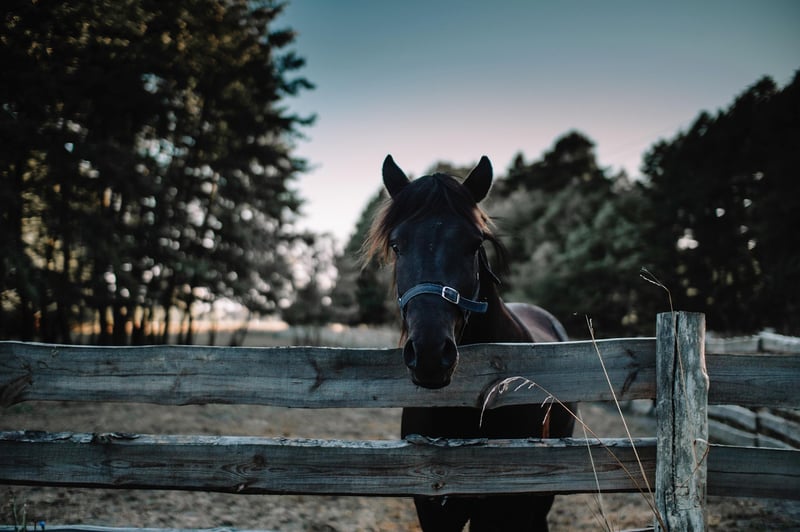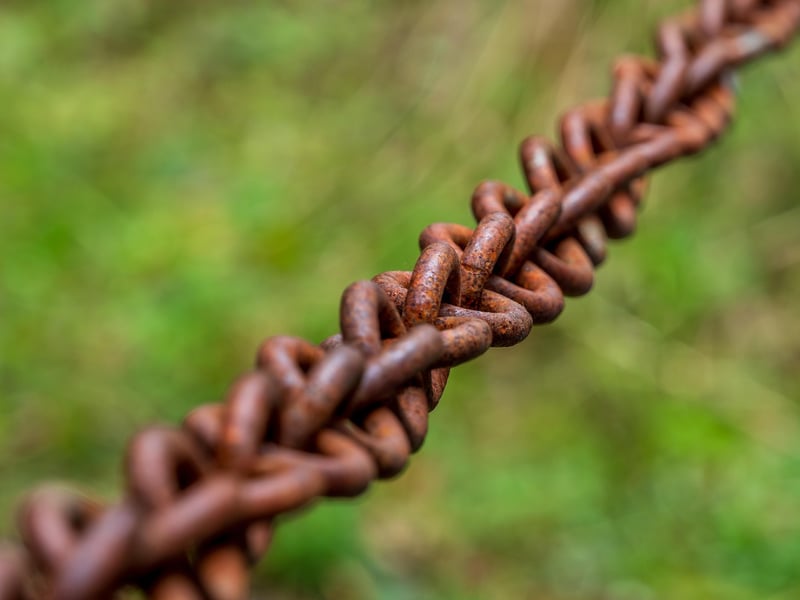Physical Barriers
Protect Crops Naturally with Physical Barriers
Farming and agriculture are essential for providing food to our growing population. However, pests and other threats can wreak havoc on crops, leading to significant losses for farmers. While chemical solutions are commonly used to protect crops, there is a growing interest in natural and sustainable methods. One effective way to protect crops naturally is through the use of physical barriers.
What are Physical Barriers?
Physical barriers involve the use of materials or structures to physically block pests, animals, or other threats from reaching crops. These barriers act as a protective shield around the plants, preventing damage and reducing the need for harmful chemicals.
Types of Physical Barriers
There are various types of physical barriers that can be used to protect crops:
- Row Covers: These are lightweight fabrics that can be draped over plants to prevent insect damage. Row covers allow sunlight, air, and water to reach the plants while keeping pests at bay.
- Netting: Netting can be used to create a barrier against birds and larger insects. It is especially useful for protecting fruit trees and berry bushes.
- Fencing: Installing fences around fields can help keep out larger animals like deer, rabbits, and rodents that may feed on crops.
- Trap Crops: Planting specific crops that pests prefer in a different location can act as a diversion, protecting the main crop.
Benefits of Using Physical Barriers
Using physical barriers to protect crops offers several benefits:
- Environmentally Friendly: Physical barriers are a natural and chemical-free way to safeguard crops, making them environmentally friendly.
- Sustainable: By reducing the need for chemical pesticides, physical barriers contribute to sustainable farming practices.
- Cost-Effective: While there may be initial costs associated with setting up physical barriers, in the long run, they can help save money by reducing crop losses.
- Non-Toxic: Unlike chemical solutions, physical barriers do not introduce toxins into the environment or food chain.
Conclusion
Protecting crops naturally with physical barriers is an effective and sustainable approach to farming. By implementing these barriers, farmers can reduce reliance on harmful chemicals, minimize crop damage, and promote a healthier environment for all.
Remember, a healthy crop is a happy crop!


